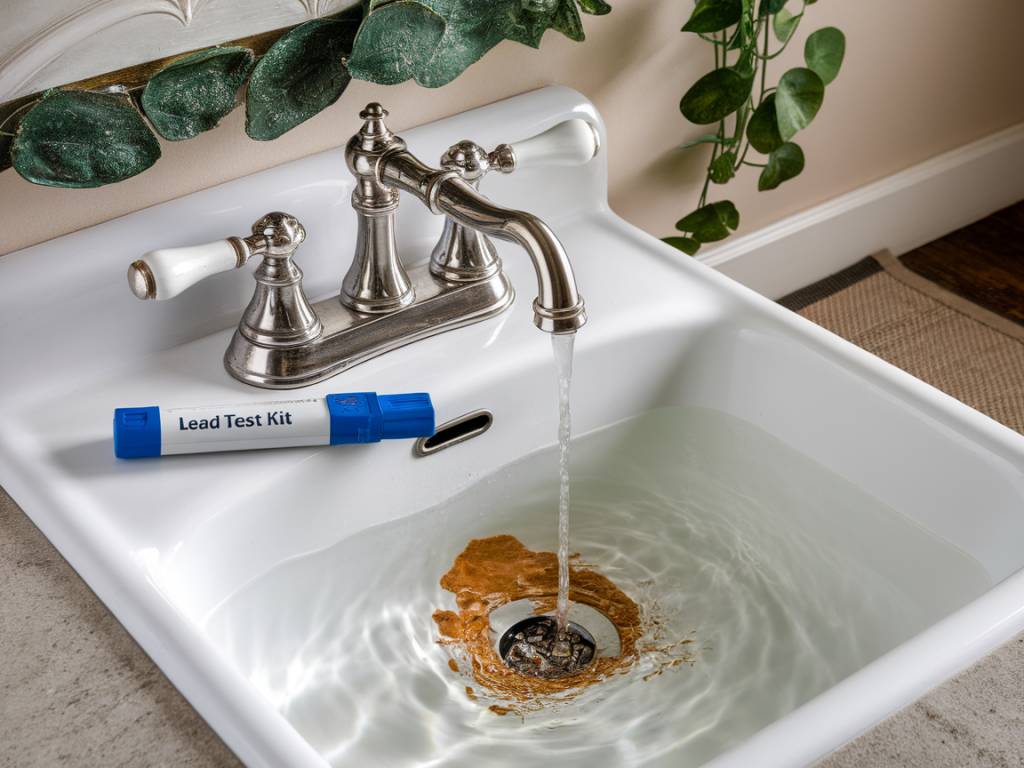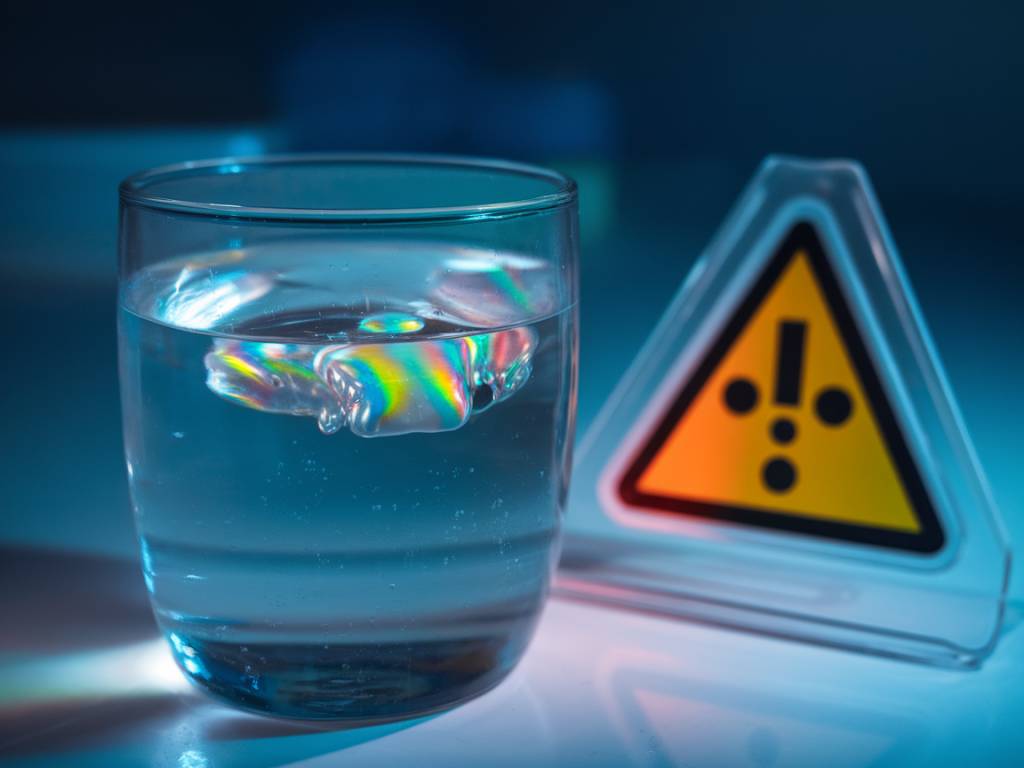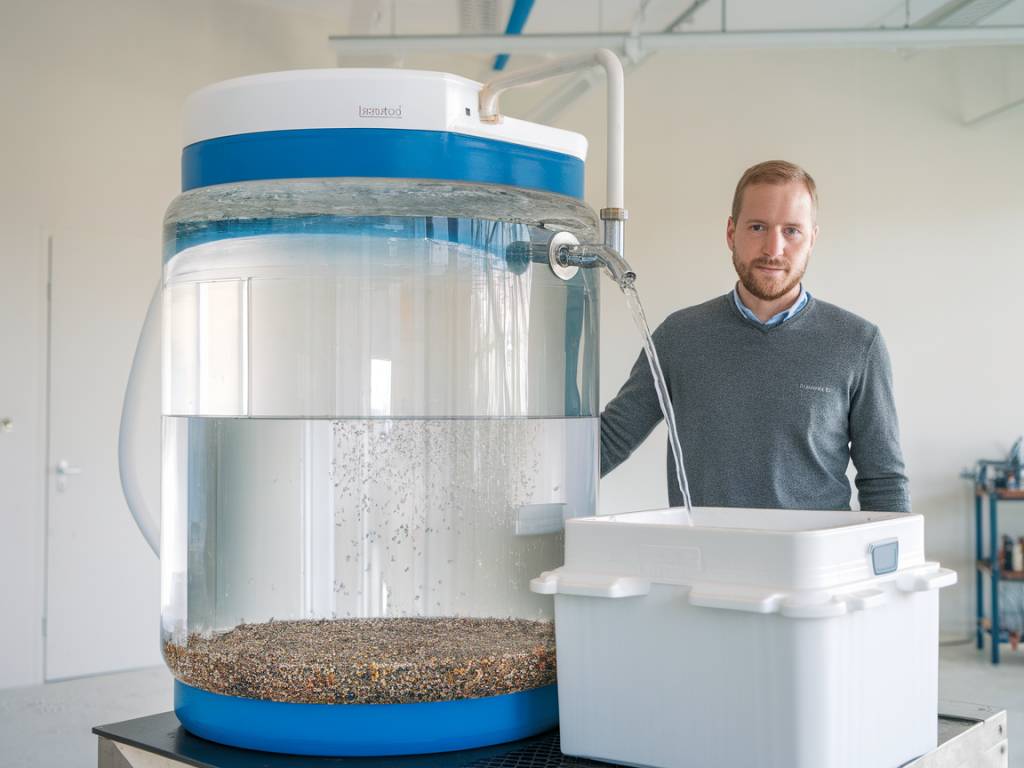Why Lead in Drinking Water is a Serious Concern
Have you ever wondered if the water flowing from your tap is truly safe? While most municipal water supplies undergo rigorous testing, contaminants like lead can still find their way into your drinking water. Lead is a toxic metal that poses significant health risks, especially to young children and pregnant women. And the most concerning part? It’s tasteless, odorless, and invisible.
So how does lead get into drinking water? Older plumbing systems, corroded pipes, and lead-based solder in household plumbing can all contribute. When water sits in lead pipes for extended periods, it picks up tiny particles that make their way into your glass.
Health Risks of Lead Contamination
Exposure to lead—even in small amounts—can lead to severe health issues. Unlike other contaminants that your body can filter out, lead accumulates over time. Here are some of the most critical health effects:
- Neurological Issues: Lead exposure can significantly impact brain development in children, leading to learning difficulties, lower IQ, and behavioral problems.
- Cardiovascular Problems: In adults, prolonged exposure to lead has been linked to high blood pressure and heart disease.
- Kidney Damage: The kidneys work to filter impurities, but long-term lead consumption can impede their function.
- Developmental Delays: Pregnant women exposed to lead can pass it on to their unborn child, increasing the risk of premature birth and developmental issues.
With these risks in mind, it becomes crucial to identify and remove lead from your drinking water.
How to Detect Lead in Your Drinking Water
Since you can’t see, taste, or smell lead in water, testing is the only way to confirm its presence. Here are some effective methods:
- Home Testing Kits: Many affordable home kits can provide initial insights by indicating the presence of lead. However, they may not always give the most precise measurements.
- Certified Laboratory Testing: For the most accurate results, sending a water sample to a certified laboratory is the best option. Many local water departments offer testing services for free or at a low cost.
- Contact Your Water Provider: If you’re on a municipal water supply, request a consumer confidence report. While this report won’t indicate whether lead is coming from your home’s plumbing, it will provide details about overall water quality in your area.
Effective Methods to Remove Lead from Drinking Water
If your water test reveals lead contamination, don’t panic. Several effective solutions can help you eliminate or reduce lead exposure:
- Flush Your Taps: If lead is leaching from your household plumbing, letting the water run for at least 30 seconds before use can help reduce lead levels.
- Use Cold Water for Drinking and Cooking: Hot water can dissolve lead more easily, so always use cold tap water when preparing food and drinks.
- Install a Lead-Removing Filter: Not all water filters remove lead, so check for filters that are NSF/ANSI Standard 53 certified. Activated carbon and reverse osmosis filters are some of the most effective options.
- Replace Old Plumbing: If your home has lead pipes, replacing them is the most permanent solution.
- Bottle or Distilled Water: Until a long-term solution is in place, switching to bottled or distilled water for drinking and cooking can be a temporary fix.
Choosing the Right Water Filter for Lead Removal
With so many filtration options available, selecting the right one for lead removal can be overwhelming. Here’s a breakdown of some of the most effective choices:
- Reverse Osmosis Systems: These systems use a semi-permeable membrane to remove lead and other contaminants. They’re highly effective but require regular maintenance.
- Activated Carbon Filters: These filters absorb various impurities, including lead, but they need frequent replacement to remain effective.
- Distillation Units: By boiling water and capturing purified steam, these units remove lead completely. However, they can be slow and require electricity to operate.
Before purchasing a filter, ensure that it is certified by reputable organizations like NSF International or the Water Quality Association.
Preventive Measures to Reduce Lead Exposure
Preventing lead exposure before it becomes a concern is the best strategy. Here are some long-term measures to protect your household from lead contamination:
- Check for Lead Pipes: If your home was built before the 1980s, check the material of your pipes. Lead pipes are dull gray and can be easily scratched with a coin.
- Regularly Inspect Plumbing: Corrosion can cause lead to leach into the water, so inspecting pipes and fixtures for signs of wear can help prevent contamination.
- Stay Updated on Water Quality Reports: Reviewing your municipality’s annual water quality report can help you stay informed about potential risks.
- Advocate for Safer Water Policies: Community efforts to replace lead service lines and improve water infrastructure can have a long-term impact on public health.
Final Thoughts
Lead in drinking water is a serious issue, but knowledge is the first step toward action. By testing your water, using effective filtration methods, and advocating for safer infrastructure, you can ensure that your household enjoys clean and healthy drinking water.
Have you ever tested your tap water for lead? Let us know your experience in the comments below!


